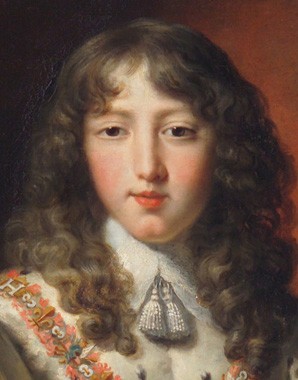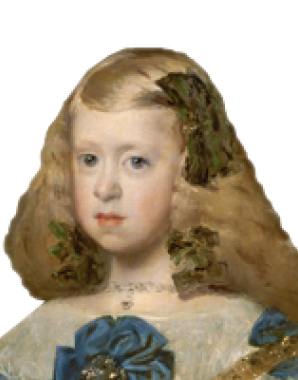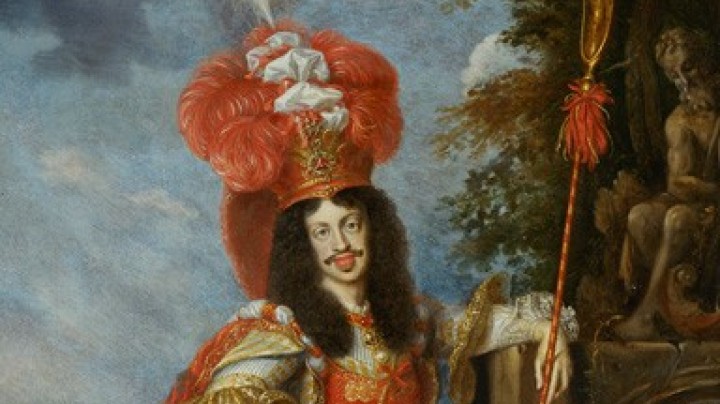Leopold I and the struggle for hegemony in Europe
The successes in the wars against the Turks constituted a trump card for Emperor Leopold in the play between the European Great Powers. The Austrian branch of the Habsburgs saw the imperial title as conferring superiority to the other ruling dynasties of Europe.
The Habsburgs’ claim to hegemony was challenged above all by France, which was experiencing its heyday under the Sun King Louis XIV. During the latter’s reign France had become the strongest economic and military power in Europe. Monarchical absolutism found its archetypal form in Louis’s rule, and Versailles constituted the very model of courtly culture in the Baroque age.
Leopold, Louis’s Habsburg adversary, relied on the nimbus of imperial majesty. The head of the Holy Roman Empire considered himself to be the first monarch of Latin Christendom. The mythic aura of the medieval emperorship was bolstered by the Habsburg military successes against the Ottomans which had also liberated the Empire from the Turkish threat. Art, too, was exploited to glorify imperial might.
Rivalry for hegemony in Europe brought a long series of military conflicts in its wake. France was seeking to expand its territories by annexing parts of the Holy Roman Empire with the aim of establishing the river Rhine as the border. This forced the emperor’s hand: in order to maintain his status as head of the Empire and protector of its territorial integrity in the eyes of the electors, Leopold had to take up arms against France despite being engaged in conflict with the Turks, even if this meant waging war on two fronts simultaneously.
The defining issue in the conflict between the Habsburgs and the Bourbons was the War of the Spanish Succession. The senior branch of the Habsburgs, which had held the Spanish crown for two hundred years, was about to become extinct in the male line. Its last male representative, King Charles II, was the product of generations of inbreeding, a travesty of a monarch epitomizing the decline of the Spanish empire.
A contest for the Spanish inheritance began, with the Austrian Habsburgs and the Bourbons each claiming it as their own. Both dynasties justified their claims with the marriages that had been concluded with the Spanish Habsburgs down the generations. In 1659 Louis gained the hand of Maria Teresa, the elder daughter of King Philip IV, and Leopold also tried to marry a daughter from the royal Spanish house. In 1666, after a considerable delay, he was promised the king’s younger daughter Margarita Teresa.
The conflict escalated after the death of the last Spanish Habsburg in 1700. To the horror of the Viennese court, it transpired that in the latest version of his will Charles II had favoured the French candidate for the Spanish throne, Philip of Anjou, a grandson of the Sun King.
The Viennese court refused to recognize the validity of this claim. Leopold was supported by other European powers, in particular Britain, which wanted to prevent France gaining too much power and thus upsetting the balance of power in Europe. An anti-French alliance was concluded to support the Habsburg dynasty’s claim to continue wearing the Spanish crown. Leopold’s plan was to secure the imperial title and dominion over the Central European lands of the Habsburg Monarchy for his elder son Joseph and to place his younger son Charles on the Spanish throne. The War of the Spanish Succession began in 1701 and was to last until 1714. However, Leopold only saw the initial phase of this pan-European conflict before dying in 1705.














